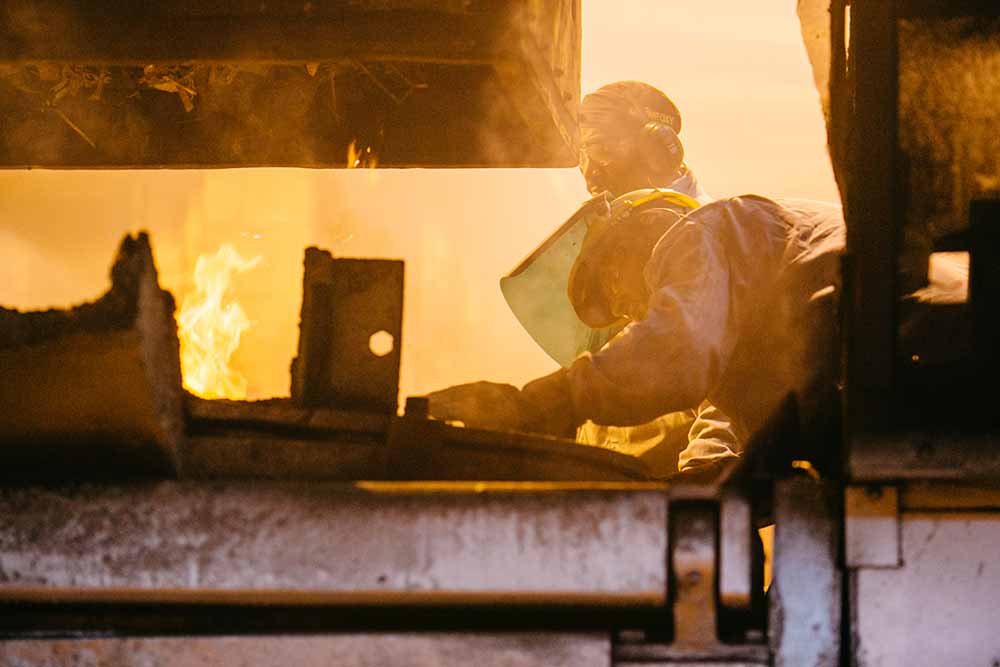One of the main reasons our clients trust the Taylor & Fenn Company for their ferrous sand casting needs is our extensive knowledge and experience with metallurgy. Many of the RFQs we receive include requests for specific grades of steel. However, there are many common misconceptions about the proper terminology for steel grades that can create some confusion when customers place an order.
Steel Grades and Standards
Steel is graded by a number of different methods, but the most common standards are ASTM and AISI/SAE. The American Society for Testing and Materials (ASTM) consists of roughly 12,000 different codes that classify the wide range of metal grades currently on the market. The American Iron and Steel Institute (AISI) was founded in the 1930s and deals primarily with classifications for different grades of steel. It has significant crossover with the Society of Automobile Engineers (SAE), which was founded at approximately the same time but has an industry-focused classification system for metals used to make automobiles. In the 1970s, the Unified Numbering System for Metals and Alloys (UNS) was created as a way to combine the ASTM and AISI/SAE standards.
The AISI system uses letters to denote how a specific steel was made. The letter “C” signifies that a furnace was used to make it, while an L indicates that the steel contains lead. The appropriate use of these standards of classification is determined by the state of the raw material. For instance, when ordering wrought alloys—raw steel that comes from the mill in a plate or roll—the classification code would be AISI ___, (e.g., 316L for austenitic stainless steel). If a customer would like his or her steel to be cast, we refer to ASTM standards (e.g., A351 is the standard specification for austenitic steel castings).
Interpreting Intent
While these classification systems can often be used interchangeably without risk of serious miscommunication, there are still some reasons to know the difference. Since the Taylor & Fenn Company is a ferrous sand casting foundry, many customers will automatically use the ASTM castable designation. In the event that an order is placed using the AISI number, the metallurgical experts at the Taylor & Fenn Company can interpret what steel grade the customer actually wants or needs based on the properties of the AISI/SAE specification. For example, if the customer requests AISI 316 stainless steel, our team knows to supply steel with high corrosion resistance. From there, we are able to guide the customer to the ASTM steel classification that will meet their component needs.
Trust the Metallurgical Experts at the Taylor & Fenn Company
Steel grade standards and classifications can be confusing. Although the UNS system combined the ASTM and AISI/SAE standards, it is still not used widely; also, identifying codes can be difficult from shop to shop. The best way to ensure you are ordering a steel grade that will serve your purposes, is to work directly with a qualified foundry that has metallurgical experts on staff, like the Taylor & Fenn Company.
Contact us today for a quote on your next project!
